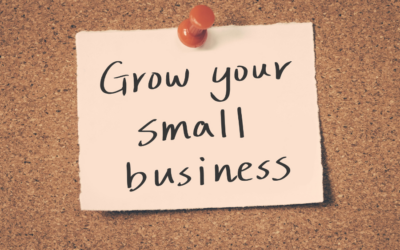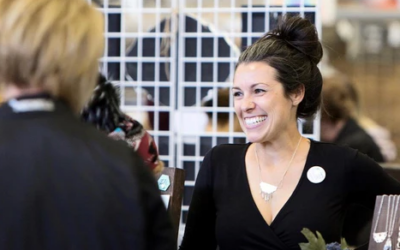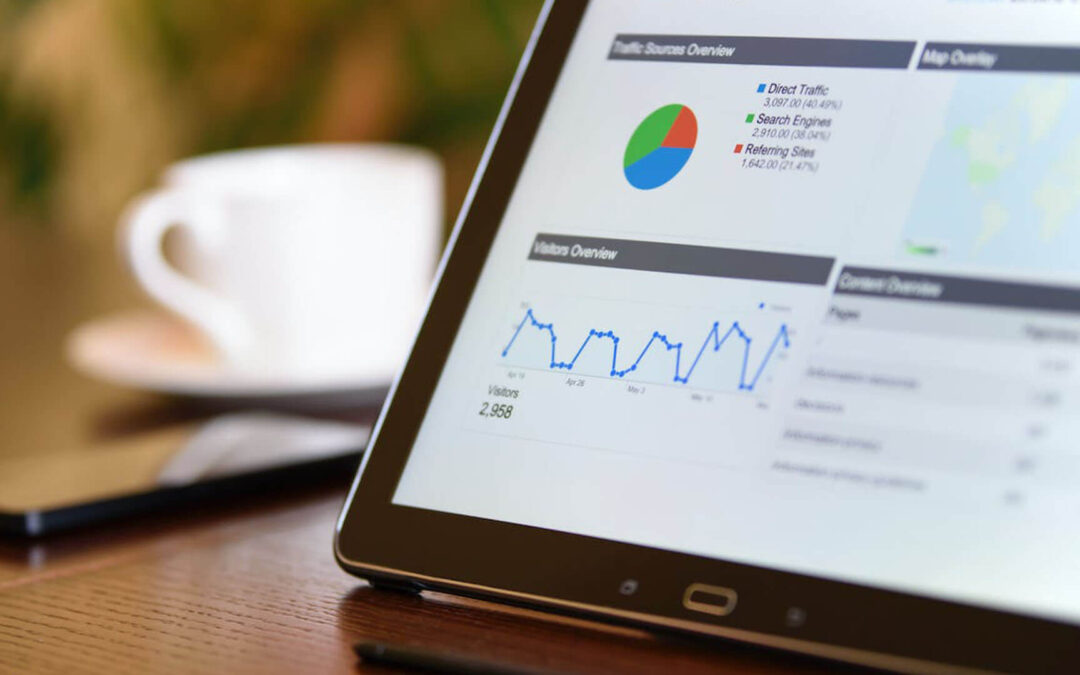
The piece of the puzzle you’ve been missing, Episode 258
No time to listen now? We'll send it to your inbox.
No time to listen now? We'll send it to your inbox.
or scroll down to get the highlights

I still remember how I felt when I was growing my first Ecommerce business, Wee Squeak.
For a long time, I was frustrated because I just couldn’t figure out what I was missing — what it was that was stopping me from getting the sales I wanted.
I just wrapped up some live sessions with new students on zoom. And listening to them describe their situation brings me right back to when I felt that I was missing something.
Find the piece of the puzzle you have been missing in Conversion School, my free, 4 part video series, that you can watch Netflix Style. Spend an hour with me, and walk away confident that you know how to reach your sales goals.
Two Crucial Things You Need to Know About Growing Your Sales
Today, I want to share two things about growing your sales that are absolutely essential to remember. They’re simple but game-changing if you truly understand and apply them. Plus, I’ve got a little gift for you, so be sure and read to the end.
You Already Have a Saleable Product—Here’s What to Do Next
First things first, let’s talk about proof of concept. If you’ve had even one person (who isn’t your mom, sister, or best friend) pay you for your product, guess what? You have a salable product. That means someone out there, probably a stranger, saw what you were offering and said, “Yes, I’ll buy that!” That’s proof of concept right there.
So many business owners second-guess themselves once sales slow down.
You start thinking, “Maybe it’s my product. Maybe the price is wrong. Maybe people just don’t want it.” Stop. If you’ve already made sales, you know people want your product. Now it’s about getting it in front of more of the right people.
Here’s what I want you to remember: You have a saleable product if you can get it in front of the right people. Write it down. Stick it on your computer. Don’t let those voices in your head tell you otherwise.
Stop Blaming Your Website: Why Finding Your Audience Matters More
I hear this a lot: “It must be my website. If I just had a fancier site or better photos, the sales would roll in.” Listen, I’m not saying your website doesn’t matter. But here’s the truth: it’s probably not the reason your sales aren’t where you want them to be.
Some of the ugliest websites I’ve ever seen make millions of dollars in sales. Why? Because they get their products in front of the right audience. Think about a craft fair. You’ve probably seen booths with terrible displays, but they’re still selling because they’re in the right place with the right customers.
Here’s what’s really happening:
We tend to default to the work we enjoy the most—like tweaking our website or obsessing over photos. But that’s not the work that will move the needle in your business. The real work, the hard work, is marketing. It’s getting your product in front of new eyeballs and building an audience that actually wants what you’re selling.
Do the Math: The Simple Formula That Drives Sales
Now, let’s talk about the sales formula. It’s not rocket science, but it’s something a lot of us forget to actually apply. Here it is:
Traffic x Conversion Rate x Average Order Value = Sales
Pretty simple, right? But here’s the kicker: most of us don’t do the math. We set big sales goals without figuring out how much traffic or how many conversions we need to make that goal happen.
For example, if you did $3,000 in sales last Black Friday and this year you’re aiming for $5,000, you need to ask yourself: How much traffic will I need to hit that goal? Let’s say your conversion rate is 1% and your average order value is $50. To hit $5,000 in sales, you’ll need 10,000 sessions on your website during Black Friday weekend.
That’s why it’s so important to sit down and do the math before you set your sales goal. Otherwise, you’re setting yourself up for frustration, even if you’re working super hard.
Set Yourself Up for Success: How to Create Achievable Sales Goals
Here’s where most of us slip up. We set sales goals based on feelings rather than math. It’s easy to say, “I want to do $5,000 this Black Friday!” But if you’re not taking the time to figure out how much traffic and conversions you need, you’re shooting in the dark.
This is where things can get tricky because setting a realistic goal requires planning and focus. You have to actively work on boosting traffic, improving your conversion rate, or increasing your average order value if you want to see growth.
The good news is, once you know how much traffic you need, you can create a plan to drive those visitors to your site. Maybe it’s running ads, sending out more emails, or working on your SEO. Whatever it is, you can’t just hope for more traffic—you need to plan for it.
Want to Hit Your Sales Goals? Here’s a Free Tool to Help You
Alright, I’ve got something that’s going to make this whole process a lot easier: a free calculator to help you set your sales goals. You just plug in your goal, your conversion rate, and your average order value, and it’ll spit out exactly how much traffic you need.
This tool is super helpful whether you’re setting monthly sales goals, preparing for Black Friday, or launching a new product. It takes the guesswork out of the process and helps you plan based on real numbers.
You can grab the calculator by signing up here:
Take Control of Your Sales Today with These Simple Strategies
So, let’s recap:
- You already have a saleable product—your job is to get it in front of more people.
- Stop blaming your website and start focusing on finding the right audience.
- Do the math. Traffic, conversion rate, and average order value drive your sales.
- Use the calculator to set realistic goals and create a plan to reach them.
It’s all about being intentional with your time and effort. Stop wasting energy on things that won’t move the needle, and start focusing on the strategies that will.
Ready to take control of your sales? Grab the free calculator to help set your goals and make sure you’re on track. And if you want to dive even deeper, check out the free workshop I’ve linked below. It’ll help you get clear on what’s really going to move the needle in your business.
RELATED POSTS:
The Powerful lWork That Will Get You To Your Goals
https://thesocialsalesgirls.com/the-powerful-work-that-will-get-you-to-your-goals-episode-159/
The Thing Everyone Forgets About Converion
https://thesocialsalesgirls.com/the-thing-everyone-forgets-about-conversion-episode-212/
How To Create Profit Goals
https://thesocialsalesgirls.com/how-to-create-profit-goals-episode-209/
The Forumula For Sales Every Day
https://thesocialsalesgirls.com/the-formula-for-sales-everyday-episode-231/
Proof Of Concept Event At Sock Doggo
https://thesocialsalesgirls.com/proof-of-concept-event-sock-doggo/








